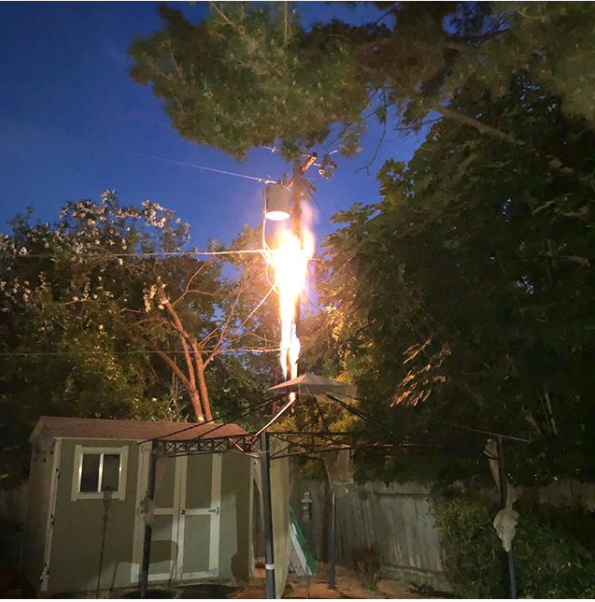I was interviewed by a Los Angeles Times reporter about the recent power outages in Northern California as result of the wave of storms. Our power went out for 48 hours New Year’s Eve and again for 12 hours the next weekend:
After three days without power during this latest storm series, Davis resident Richard McCann said he’s seriously considering implementing his own microgrid so he doesn’t have to rely on PG&E.
“I’ve been thinking about it,” he said. McCann, whose work focuses on power sector analysis, said his home lost power for about 48 hours beginning New Year’s Eve, then lost it again after Saturday for about 12 hours.
While the storms were severe across the state, McCann said Davis did not see unprecedented winds or flooding, adding to his concerns about the grid’s reliability.
He said he would like to see California’s utilities “distributing the system, so people can be more independent.”
“I think that’s probably a better solution rather than trying to build up stronger and stronger walls around a centralized grid,” McCann said.
Several others were quoted in the article offering microgrids as a solution to the ongoing challenge.
Widespread outages occurred in Woodland and Stockton despite winds not being exceptionally strong beyond recent experience. Given the widespread outages two years ago and the three “blue sky” multi hour outages we had in 2022 (and none during the September heat storm when 5,000 Davis customers lost power), I’m doubtful that PG&E is ready for what’s coming with climate change.
PG&E instead is proposing to invest up to $40 billion in the next eight years to protect service reliability for 4% of their customers via undergrounding wires in the foothills which will raise our rates up to 70% by 2030! There’s an alternative cost effective solution that would be 80% to 95% less sitting before the Public Utilities Commission but unlikely to be approved. There’s another opportunity to head off PG&E and send some of that money towards fixing our local grid coming up this summer under a new state law.
While winds have been strong, they have not been at the 99%+ range of experience that should lead to multiple catastrophic outcomes in short order. And having two major events within a week, plus the outage in December 2020 shows that these are not statistically unusual. We experienced similar fierce winds without such extended outages. Prior to 2020, Davis only experienced two extended outages in the previous two decades in 1998 and 2007. Clearly the lack of maintenance on an aging system has caught up with PG&E. PG&E should reimagine its rural undergrounding program to mitigate wildfire risk to use microgrids instead. That will free up most of the billons it plans to spend on less than 4% of its customer base to instead harden its urban grid.






